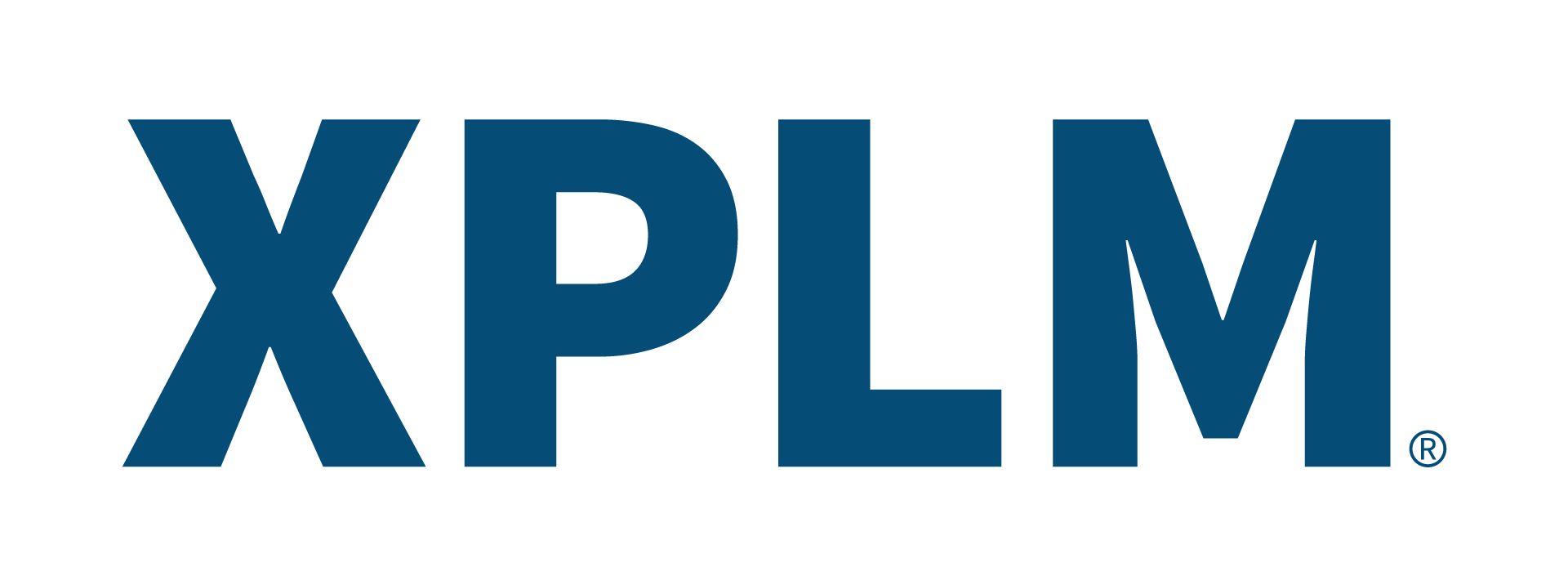CATIA V5 - Oracle Agile PLM Connector

A solution by: XPLM SOLUTION
Application domain: Product Life Cycle Management
Solution Overview
Collaboration of distributed and global design and engineering teams across enterprises and continents has never been more important than now. A good integration between PLM and CAD is a prerequisite to support efficient engineering processes and to an enhanced collaboration capability across the organization, enabling increased design innovation. Access to design and manufacturing data must be readily and securely accessible in any place at any time.
Improved linkage to ERP systems provides a streamlined interface to purchasing and an easier transfer to production.
As an Oracle certified partner, XPLM offers the next generation of CAD connectors to fulfill these requirements by seamlessly integrating Oracle’s Agile A9 PLM with Catia V5. Based on the XPLM Integration Platform, the Catia V5 connector offers CAD users an effective and powerful integration with Oracle Agile PLM. Data and structures of both CAD and PLM are integrated, providing the ability for bi-directional exchange of CAD files and metadata.
XPLM Integration Platform-based CAD connectors provide control over CAD data with full support for release processing, easy PLM access for functions such as loading or saving of CAD data, high security through the use of robust PLM role and privilege functionality as well as automated bi-directional transfer of properties between CAD and PLM.
Benefits
- Concurrent Engineering : The connector is designed to enable multiple designers to work on different parts of the same CAD assembly at the same time.
- Saving to Agile creates a Design object structure in Agile to manage all Catia V5 files (parts, assemblies, drawings, etc.) and making data available to the rest of the organization with full support of Agile’s user rights management. Several numbering options are available for Design objects and Parts, with optional renaming of CAD files. Viewable files (e. g. PDF) can be automatically created and attached to the PLM object during save.
- Loading from PLM: Load can be initiated directly from the Agile web client, which then brings up a context-specific Load Preview dialog where the user can select various load options. Files from Agile can be opened in the CAD window or simply transferred to the user’s machine.
- Update of Properties: Metadata and classification properties can be exchanged and updated bi-directionally. This enables, for example, the title blocks in drawings to be automatically populated. The bi-directional mapping between CAD properties and PLM values is set up using the graphical Mapping Editor, which is common between all XPLM Connectors.
- BOM Publishing is used to create Agile Product Structures based on CAD Design Structures. The Product Structure, or “Part BOM”, is the definition of the product that is passed to manufacturing.
- Workspace Management offers the creation, setting, deletion, zipping and uploading of individual multi-level workspaces, which correspond to folder structures on the local disk.
- Template Function enables the CAD user to create CAD files directly from PLM-based templates. During template creation, the integration creates all necessary PLM objects for the future design in the background and links the CAD file to them. This function provides an easy and productive way to get started working
